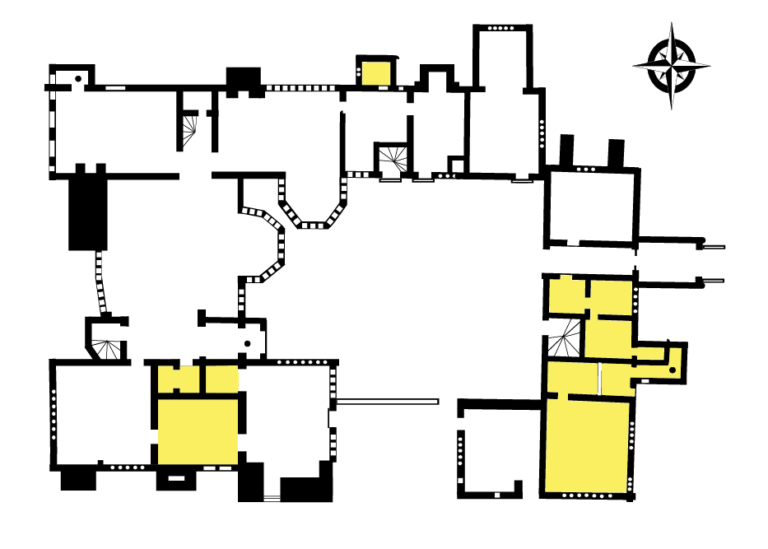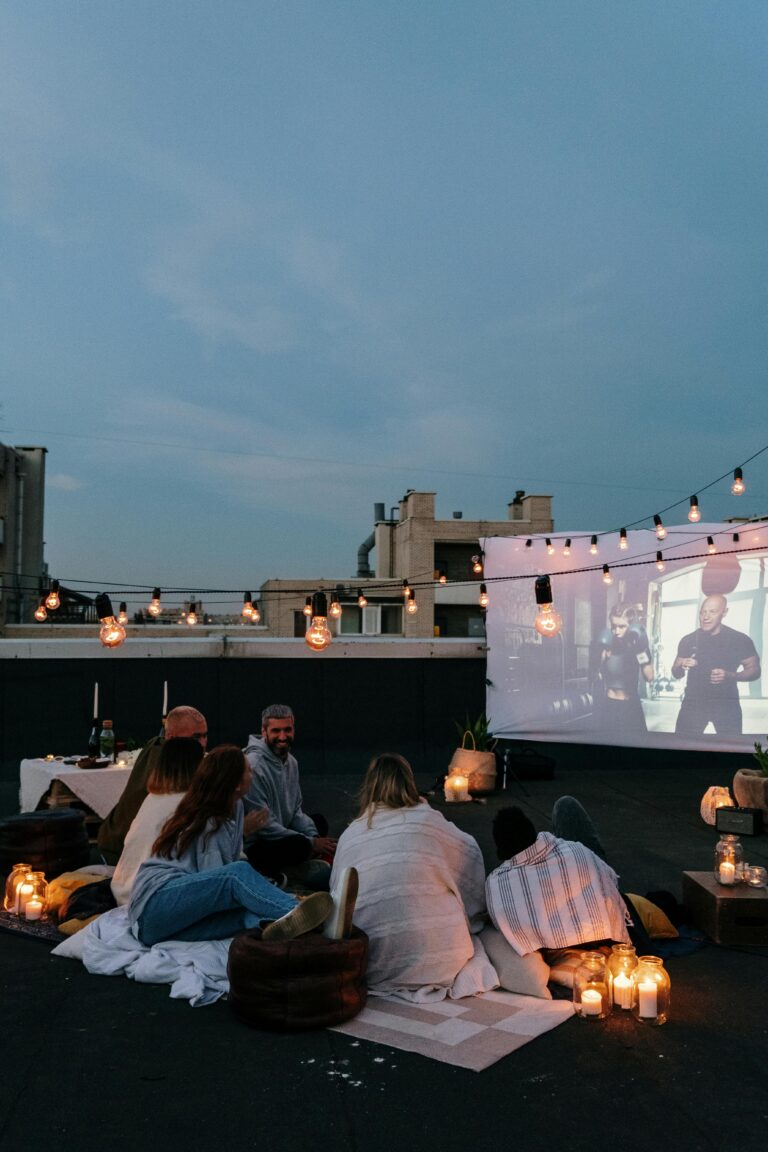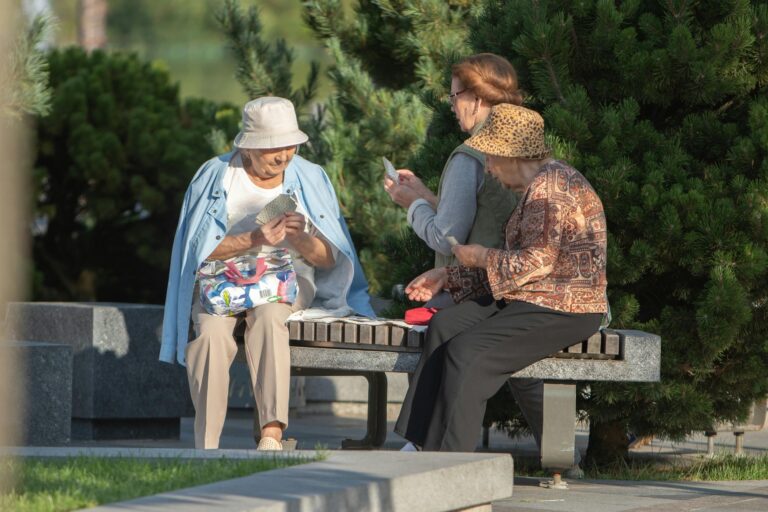The Architecture of Interaction: Bringing People Together in Modern Communities
Each year, Loneliness Awareness Week (held from 4–10 August in 2025) is a key time highlighting the mental health effects of social isolation. Understanding how our homes and shared spaces influence the way we connect with others can help us create healthier communities, tackling loneliness not just as a personal challenge but as a shared issue.

In recent years, there has been an increase in the number of people living alone, particularly in developed countries. While living alone can bring freedom and independence, it can also mean fewer chances for everyday interaction, leading to feelings of isolation.

So, where does residential design fit into this? And how has it changed the way we interact with others? To understand how our homes can encourage or limit social interaction, it can help to explore how residential design has evolved over time.
How design moved us apart
Many people are moving to cities to pursue career opportunities, often choosing to live in studio or one-bedroom apartments. Single occupancy homes are in high demand, especially in societies that place a high value on personal independence. But while privacy feels inherent to the way that we live today, it’s only a relatively recent development in human history.

In the 16th century, homes in Europe prioritised openness and connectivity. Rooms were linked directly with other rooms, via multiple doors. To get from one place to another, people were often forced to travel through a series of spaces meant for different uses.
Rather than walking through a hallway, a space designed purely as an access route, to get from one room to another you might have had to pass through a kitchen while food was being prepared, a dining room where people were having a meal or a study where someone was working. Movement throughout the home was constantly interjected with spontaneous interactions. For better or for worse, it was more difficult to be anti-social.

Source: Little Moreton Hall, Wikipedia.
Architectural theorist Robin Evans notes that corridors, as we know them today, didn’t start to appear in homes until 1597. They were first introduced to provide some separation between homeowners and their servants.
Over time, corridors and isolated rooms became standard in residential design. This was a response to a societal focus on personal space, reflecting a shift in expectations of privacy.
Building community through urban design
Today, we’re beginning to reintroduce connection within our residential spaces in other ways. Modern living sectors, from build-to-rent and student accommodation to co-living, retirement villages and land lease communities are embracing designs that make it easier for people to meet and interact. Generous shared spaces like rooftop gardens, lounges, co-working areas and communal kitchens bring residents into closer proximity and encourage interaction.

Semi-private areas, spaces those that sit somewhere between public and private, also give people reason to linger outside their homes, creating opportunities to meet neighbours. Well-designed green spaces have also been shown to boost social cohesion, especially for residents with children or pets.

Alongside these design elements, many developments run regular community activities such as rooftop barbecues, gardening clubs, fitness classes and movie nights. These activities can lower social barriers and give residents natural ways to bond over shared interests.
Finding connection in retirement communities
Retirement villages, sometimes called independent or senior living communities, offer older adults private accommodation alongside shared amenities and activities. While lifestyle, health, support and security are all common reasons people make the move to retirement villages, many are also seeking a social circle.

Research from the Bolton Clarke Research Institute and Monash University found that moving to a retirement village can halve feelings of loneliness within just 12 months. Like modern residential developments, retirement villages feature communal areas, organised activities and the benefits of living near peers. These elements encourage everyday interaction among residents can help make daily life feel richer and more connected.
While loneliness isn’t purely an architectural problem, thoughtful design paired with intentional programming within communities can contribute to the conversation in very telling ways. The spaces we live in matter, especially during times like Loneliness Awareness Week when connection is more important than ever.
Sources
- Retirement villages reduce loneliness among older adults: Evidence from a longitudinal study, bmcgeriatr.biomedcentral.com
- Retirement villages overcome loneliness: Good news in Loneliness Awareness Week — but more to do, TheWeeklySource.com.au
- How Architects Design For Less Lonely Living, Stewart Hicks
- The hidden architecture of loneliness: How urban design shapes our social worlds, Perspective Matters, Medium.com
- Corridor, designingbuildings.co.uk
- Little Moreton Hall, Wikipedia.
Join the Revolution: Embrace Our Resident App Today!
Ready to experience a revolution in residential living? Reach out now and embrace the future of living and become part of a vibrant, empowered movement redefining the way we live.